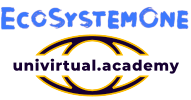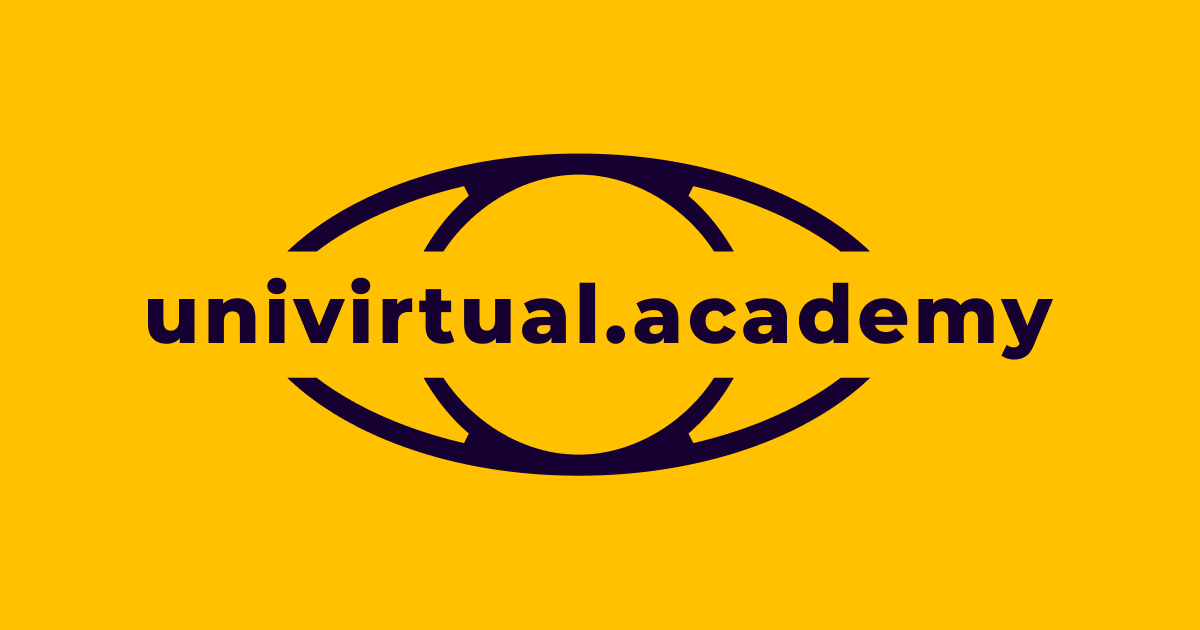WHY VR LEARNING
VR is a technology of the future and the future of learning. Experience the future now!
Learning STEM in VR has proven effective for different kinds of learners. It is fun, active, and engaging. You can interact with what you learn and start making meaning of it.
Only in VR you can be inside of the human body or on the surface of Mars.
Learning STEM in VR has proven effective for different kinds of learners. It is fun, active, and engaging. You can interact with what you learn and start making meaning of it.
Only in VR you can be inside of the human body or on the surface of Mars.
WHY LEARNING IN VR IS SO POWERFUL
First of all, Virtual Reality (VR) gives a real sense of presence and students in live VR are able to establish better socio-emotional connections with their classmates and teachers than if they only had a flat online experience. For this reason, live group classes that leverage immersive technologies are better able to make use of collaborative group projects and teach students critical communication and collaboration skills.
Second, VR not only increases presence, focus and concentration (which in turn leads to increased material retention), it also increases student motivation and engagement. Students are excited to do it, much more than sitting in another zoom class or reading a textbook.
Third, VR has been named the “ultimate empathy machine” since it allows users to experience any situation first hand. Students can embody different characters which makes it easier to present or debate different points of view.
Forth, in VR students can safely experience and test anything that otherwise could represent a challenge or a hazard. Visiting both micro (inside of a living organism) and macro (space) words, travelling to the bottom of the ocean or in time offer tremendous opportunities in studying not only STEAM but also humanities.
Second, VR not only increases presence, focus and concentration (which in turn leads to increased material retention), it also increases student motivation and engagement. Students are excited to do it, much more than sitting in another zoom class or reading a textbook.
Third, VR has been named the “ultimate empathy machine” since it allows users to experience any situation first hand. Students can embody different characters which makes it easier to present or debate different points of view.
Forth, in VR students can safely experience and test anything that otherwise could represent a challenge or a hazard. Visiting both micro (inside of a living organism) and macro (space) words, travelling to the bottom of the ocean or in time offer tremendous opportunities in studying not only STEAM but also humanities.
OUR METHODOLOGY
UniVirtual Academy uses The Summit Learning Cognitive Skills Rubric, developed by SCALE, which serves as an instructional and assessment tool. The skills addressed in the rubric are aligned to the CCSS, NGSS, and C3 SS Framework, which allows students to build proficiency in multiple subject areas. This Cognitive Skills Rubric is used across grade levels, giving students plenty of opportunities to develop and advance these skills over time. The Rubric is divided into seven skills domains:
- Textual Analysis
- Using Sources
- Inquiry
- Analysis and Synthesis
- Composing/Writing
- Listening and Speaking
- Products and Presentation





